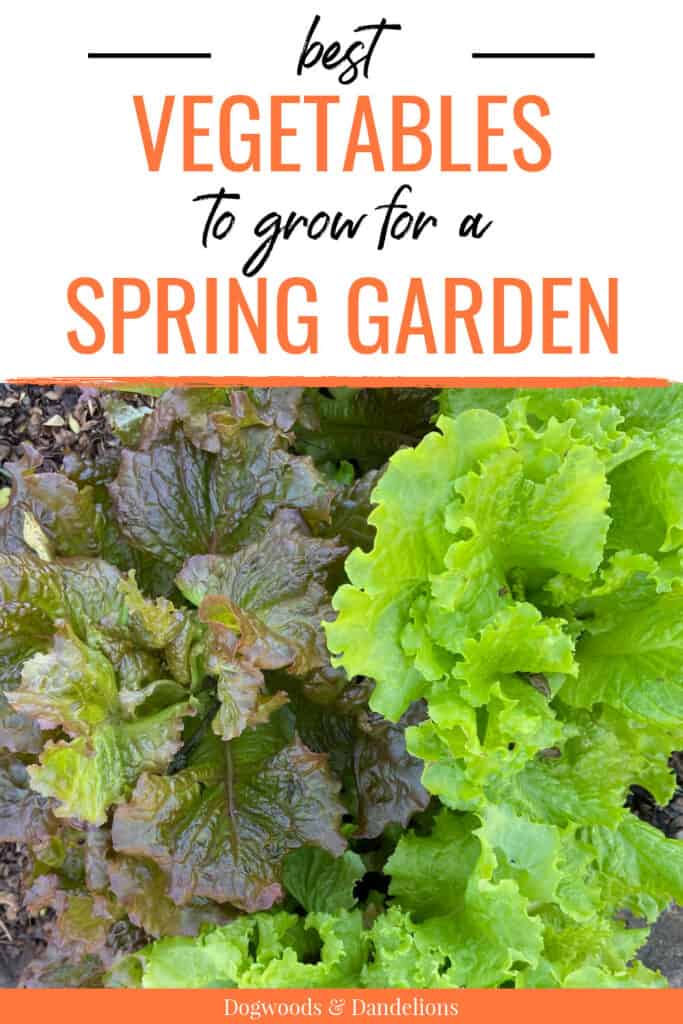Easy Vegetables to Grow for Spring
Would like to get started gardening as soon as possible? Here are some easy vegetables to grow in the spring garden. Many of these can be started as soon as you can work the ground and it is no longer frozen.
Even during the cold months of January and February, it is definitely not too early to be planning what you want to grow in your garden this year.
These cold winter days are also a good time to start laying out your garden plan and where you will grow each crop. If you are planning on starting some vegetables from seed, it may be time to do that depending on your gardening zone.
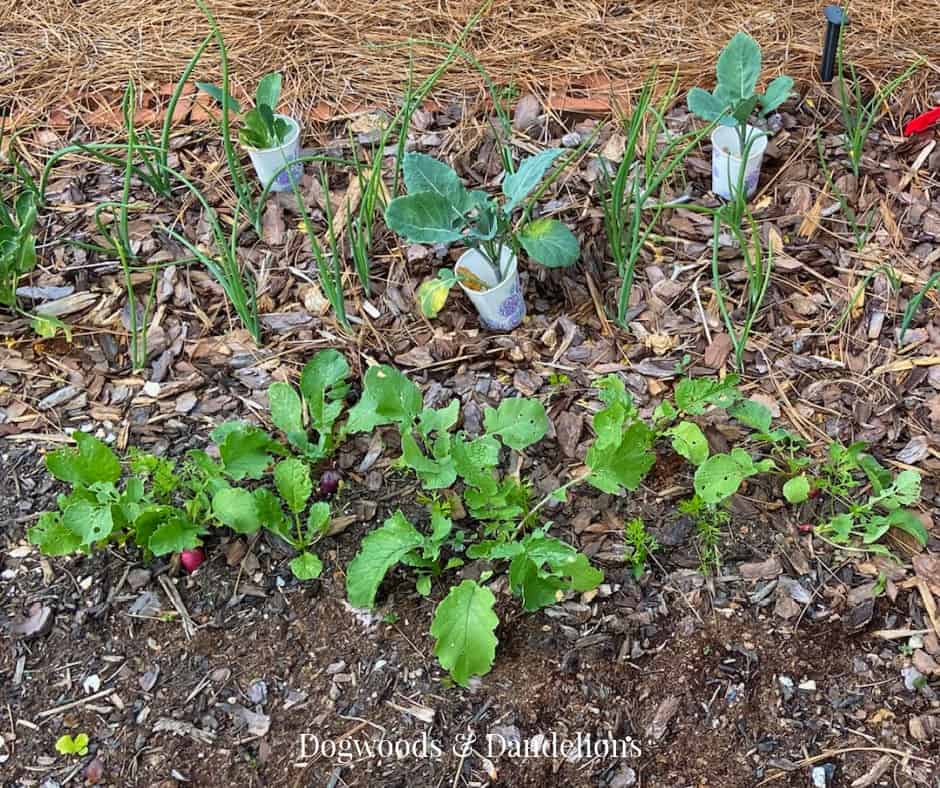
Affiliate Disclosure: Please note that some of the links in this article may be affiliate links and I may receive a small commission if you purchase something through a link. It will not change your cost. As an Amazon Associate, I earn from qualifying purchases. For more information, see my disclosures page.)
And for some, it may even be time to start planting some spring crops. The best part of planting spring vegetables is that a lot of these vegetables are easy to grow from seeds.
And after a long winter of lackluster produce from the grocery store, anything fresh is a welcome addition to our table.
Let’s look at what you can plant in the spring and when to plant a spring garden so you’ll have some fresh produce very soon.
When to Plant a Spring Garden
One of the first things you need to figure out is when to plant your spring garden. This will vary for everyone depending on climate, gardening zone, and especially on when your last spring frost typically occurs.
Read More: How to find your gardening zone and what it does (and doesn’t) tell you.
To determine the best time to plant your garden, you need to know when you can reasonably expect your last frost to occur.
This date varies widely across the United States. There are places in Texas, California, and Florida that rarely get frost. But some cold states such as Minnesota can have frost as late as June 4 and as early as the first week of September.
How to Find Your Frost Dates
You can look up your last expected spring frost (as well as your first expected fall frost) on the Almanac’s website. This tool allows you to look up your frost dates by zip code so it is a bit more accurate than some calculators that just use your gardening zone.
Keep in mind, every zip code can have variations due to individual microclimates. I’ve lost plants to frost when my Mom, who lives across the street, has barely had any frost damage.
Also, these frost dates are just a guide. You can have variations in these dates. Though my last expected spring frost date is approximately April 10th, we’ve occasionally had frost in May.
And when planting my spring and summer gardens, I tend to “push the envelope” and start plants a bit early. Oftentimes too early.
I can’t tell you how many times I’ve had to go out and cover my plants to keep them from freezing. And some years, I’ve lost plants.
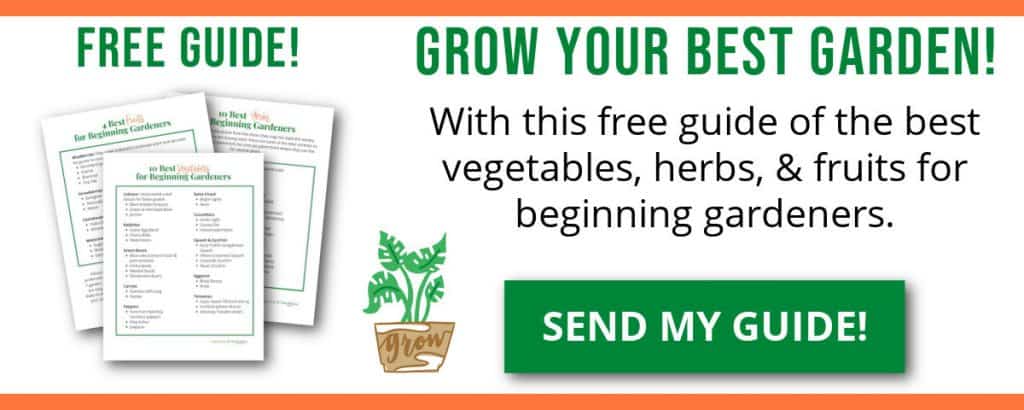
If you want to play it safe, you can always wait about 2 weeks after your spring frost date to plant your summer vegetable garden. However, many spring vegetables can handle light frosts.
And should you have a late spring frost (or early fall frost) and need to cover your vegetables read, “What to Do for An Unexpected Frost.”
Spring Vegetables You Can Start From Seed
There are many spring vegetables that you can start directly in the garden from seed. If you are gardening in a warmer zone where the ground isn’t frozen you may be able to start some crops in late January or early February.
Peas, carrots, radishes, and beets can all be started as soon as the soil is workable.
Another benefit to many of these vegetables is that they are fast-growing so you can be harvesting fresh vegetables in just a few short weeks. For instance, you can harvest radishes in as little as 3 weeks for some varieties.
Leafy Greens
Many leafy greens do well in the cooler days of spring. Vegetables such as lettuce, spinach, and kale will bolt when the weather gets too hot.
Lettuce
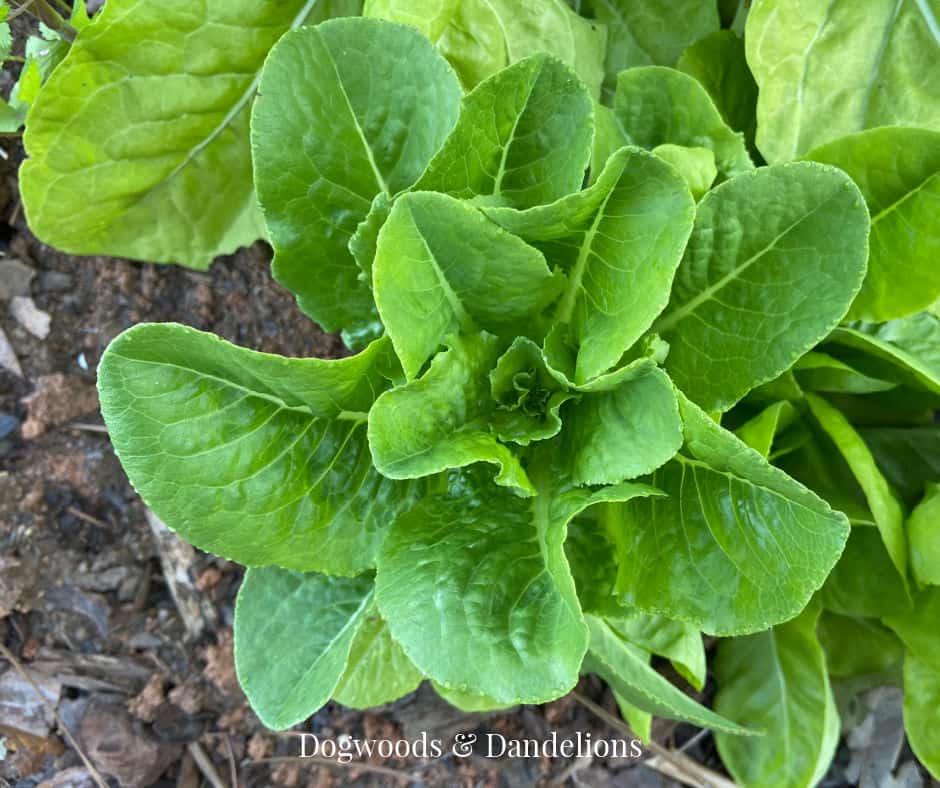
Lettuce is easily my favorite vegetable to grow. There are so many varieties of lettuce to choose from.
You can pick up a packet of seeds from your local nursery or home improvement store or order lettuce seeds from any number of seed companies. Most packets contain quite a few seeds and may last you several years.
Lettuce grows well in containers and can even be planted in flower beds among your other plants. Sow lettuce outdoors as soon as the soil temperature is about 40 degrees.
Lettuce doesn’t mind a bit of frost. In fact, I was able to overwinter lettuce in my garden last year. Lettuce is one of the first vegetables I recommend for beginning gardeners because it is so easy to grow.
Read How to Grow Lettuce to learn more.
Spinach
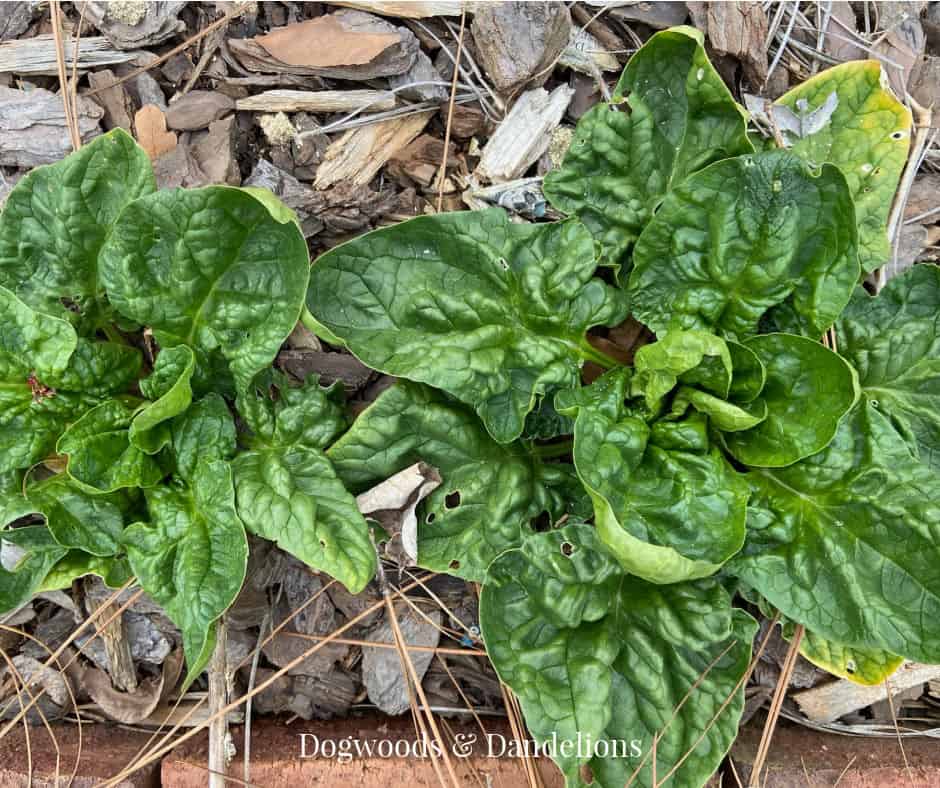
Spinach is another cool-weather crop that doesn’t like the heat. Once temperatures rise above 80 degrees, it is hard to get spinach to germinate.
Some spinach is more cold-hardy than lettuce. Even after my lettuce died under snow cover, my spinach survived and looked none the worse for it.
Spinach can be planted in the spring as soon as you can work the ground. It is a fast-growing vegetable and you can start harvesting baby leaves in about 45 days.
Swiss Chard
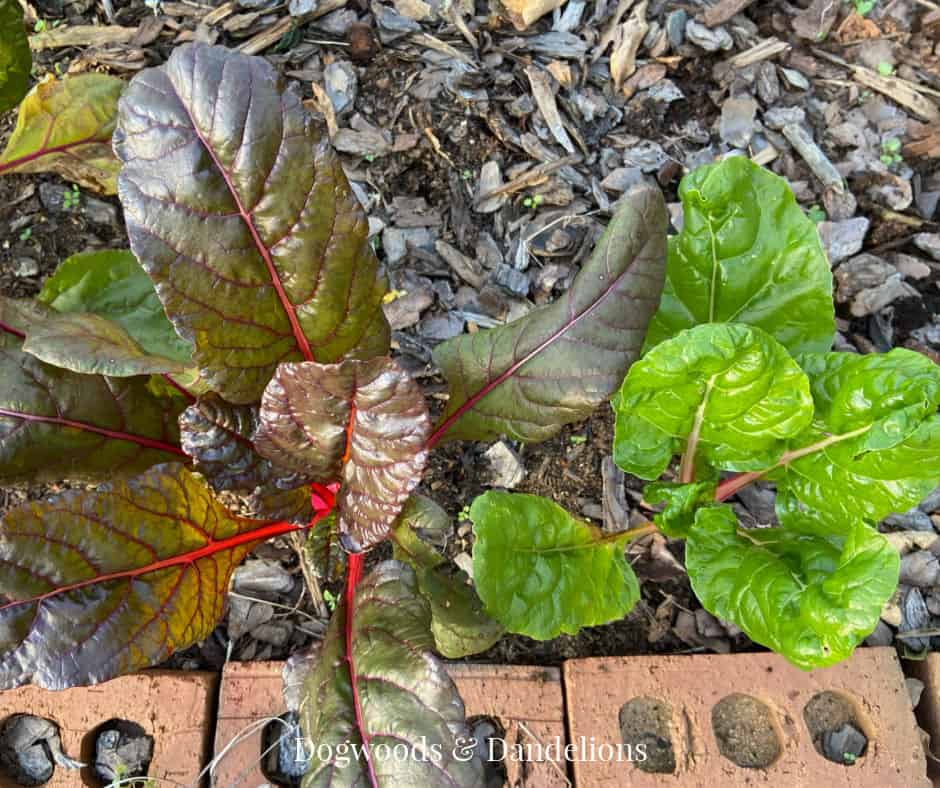
Swiss Chard is not only delicious, but it is also beautiful too. Several varieties come in various colors so Swiss Chard makes an excellent vegetable to plant among your flowers too.
Plant Swiss chard in early spring as soon as the ground is no longer frozen.
Swiss chard grows best in cool weather. It can handle hot weather better than some other leafy vegetables but can overwinter in some climates as well.
You can harvest leaves from the outside of the plant and Swiss chard will keep on producing new leaves from the inside for quite a while.
Kale
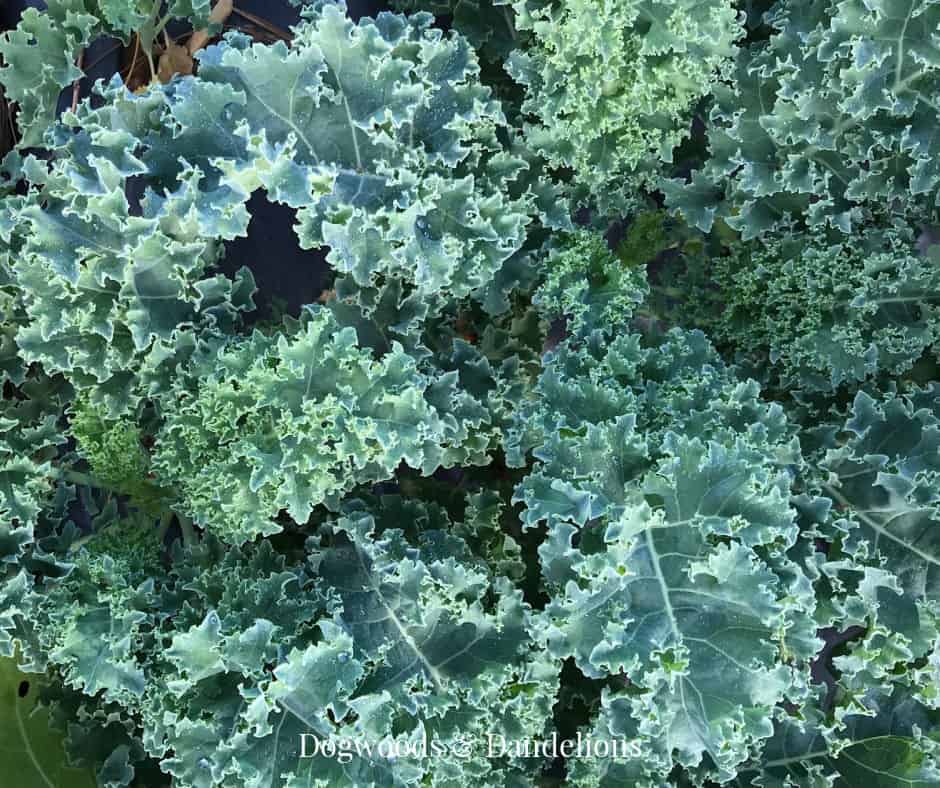
Kale is another cool-season crop that is easy to grow. Most kale takes a bit longer to be ready to harvest than lettuce, but it is just as simple to grow as lettuce or Swiss chard.
And one thing I love about growing kale in your vegetable garden is that you can pick it earlier than they pick the stuff you buy at the store. Picked younger, homegrown kale is more tender and has a better flavor than what you can buy.
Plant kale in your spring vegetable garden 4 – 6 weeks before your last frost.
Root Vegetables for Spring
There are several root vegetables that can be sown in the ground as soon as the ground can be worked. Radishes, carrots, and beets all prefer the cooler temperatures of spring and fall.
Carrots
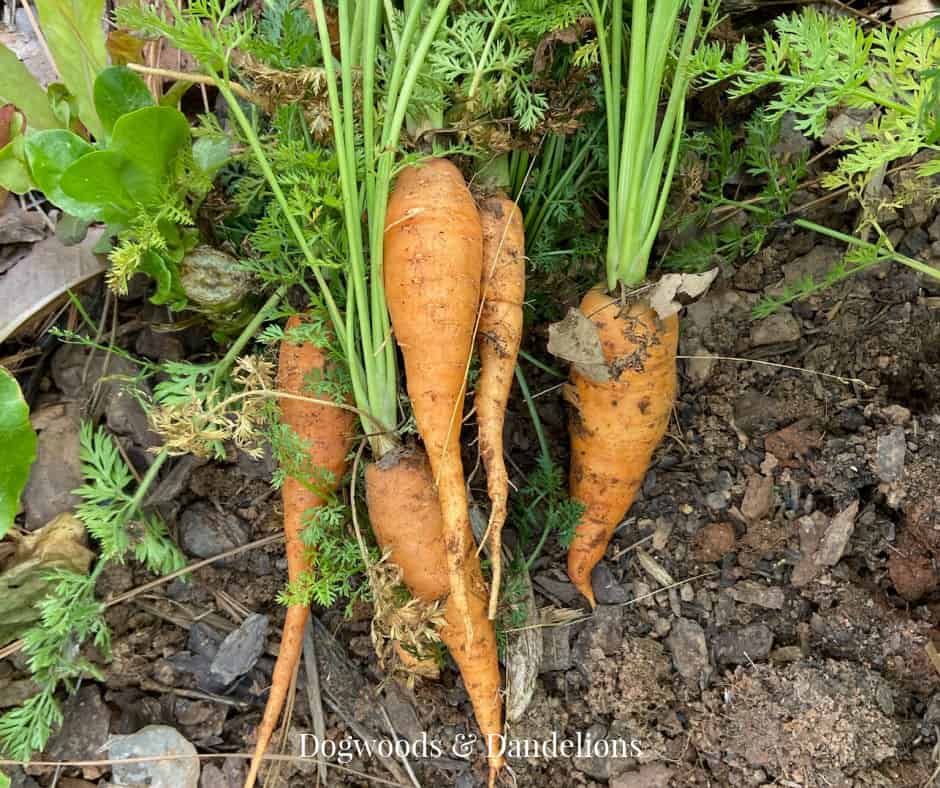
Carrots can be a bit tricky to germinate, but once you get them started, they grow well in almost any location.
They like loose soil. Compacted or clay soils can cause their roots to fork or split. If you have heavy soil, it is best to grow shorter types like Danvers Half-Long, Thumbelina, or Little Finger.
Carrots are an ideal vegetable to grow in containers, provided you have a container at least 12 inches deep.
Learn my secret trick to get carrots to germinate.
Beets
Beets prefer to grow in loose soil that is kept evenly moist. They will bolt if you get large temperature fluctuations or the moisture isn’t consistent.
Beets are best harvested young as the roots get woody if you leave them in the ground too long.
And don’t forget, beet greens are edible too. They are delicious when picked young and tossed in a salad.
Radishes
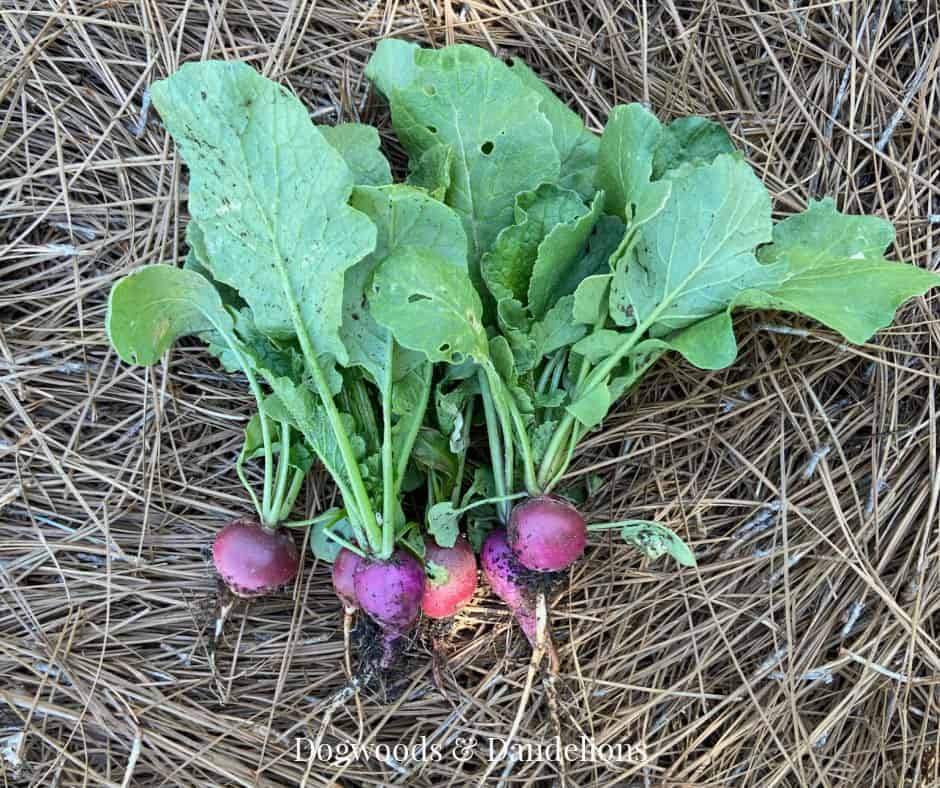
Radishes are one of the quickest vegetables you can grow. Some varieties can be harvested in as little as 30 days, though they will take longer if it is really cool.
Like beets, radishes prefer consistent moisture. Dry weather will make radishes hot and pithy. They are best harvested young, before they start splitting.
However, if the radishes get too big, you can leave a few plants and allow them to bolt. The green seed pods that form are edible, crunchy with a mild radish flavor.
Ready how easy it can be to grow radishes in your spring vegetable garden.
Peas
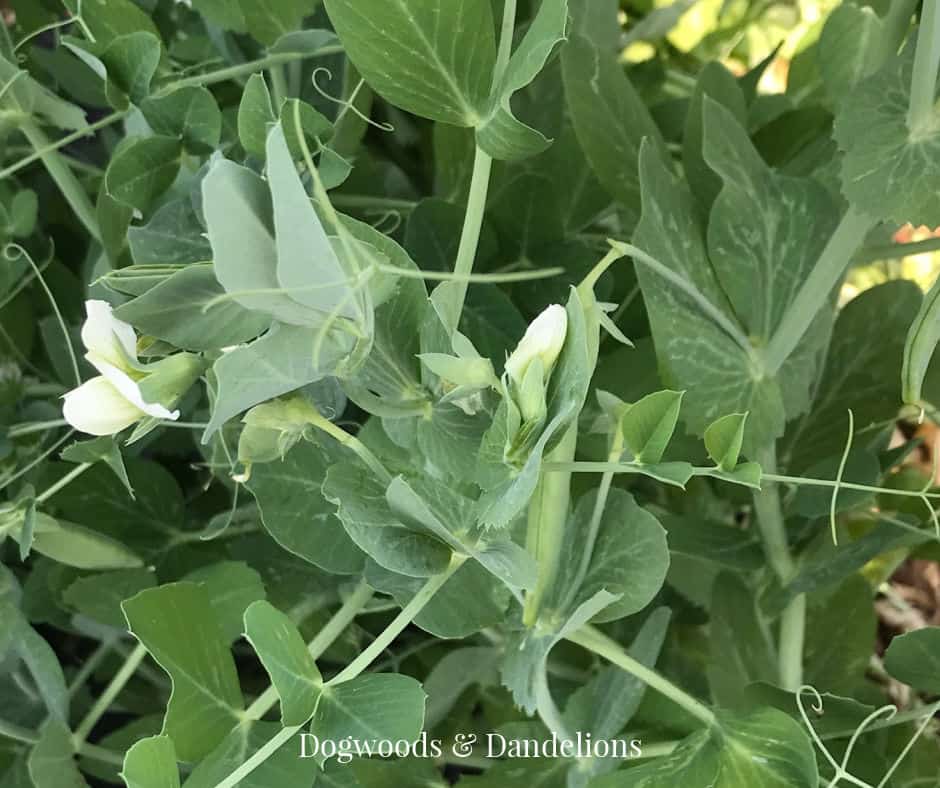
Peas are a hardy cool-season vegetable to grow in your backyard garden. All 3 types of peas, snow peas, shelling peas, and snap peas grow well in the cool weather of spring.
They grow well in a variety of soils and come in both bush types and taller varieties that will need to be trellised.
Growing peas is truly a culinary experience. As soon as you harvest peas, their sugars start converting to starch. So peas you buy, even from a Farmer’s Market, won’t be nearly as delicious as the peas you can grow at home.
Read more about the different types of peas and how to grow them.
Herbs to Grow for Spring
There are quite a few herbs you can grow in the spring garden.
Cilantro
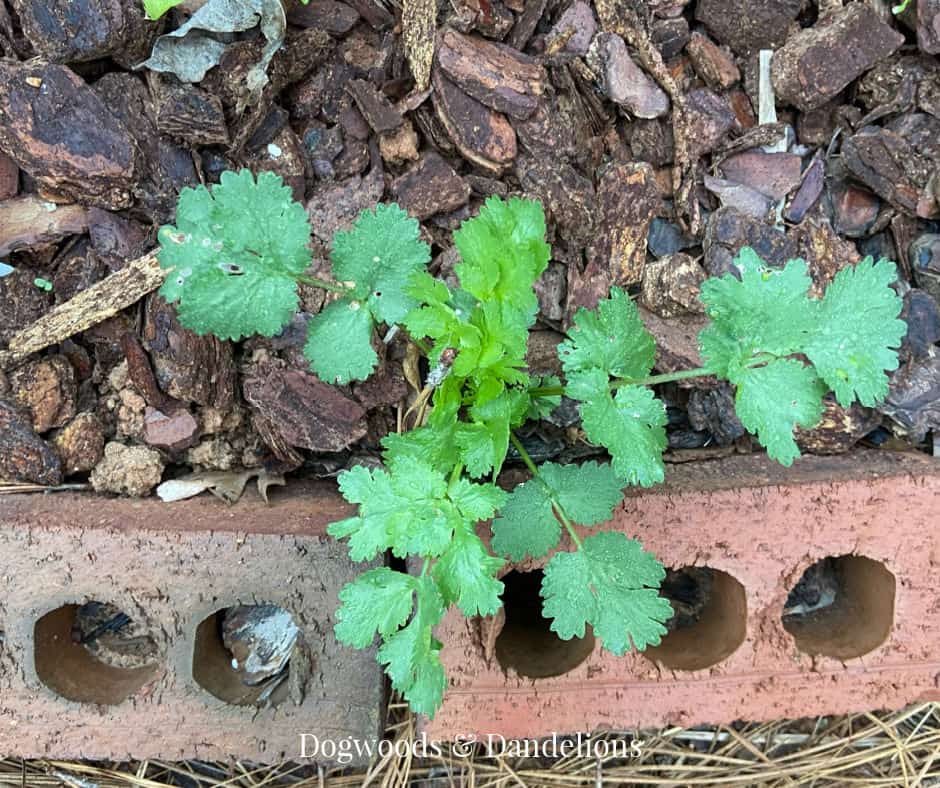
Cilantro, the popular Mexican herb for salsa, only grows in cool weather and will bolt once it gets hot. It is easy to start from seed and may re-seed itself in your garden year after year.
You can plant cilantro in the ground as soon as the ground has thawed in the spring.
I haven’t planted cilantro in my garden in 3 or 4 years and it keeps coming up in various spots in early fall. In my Zone 7 garden, it will overwinter just fine. But by mid-May, it is already producing flower stalks and going to seed.
Chives
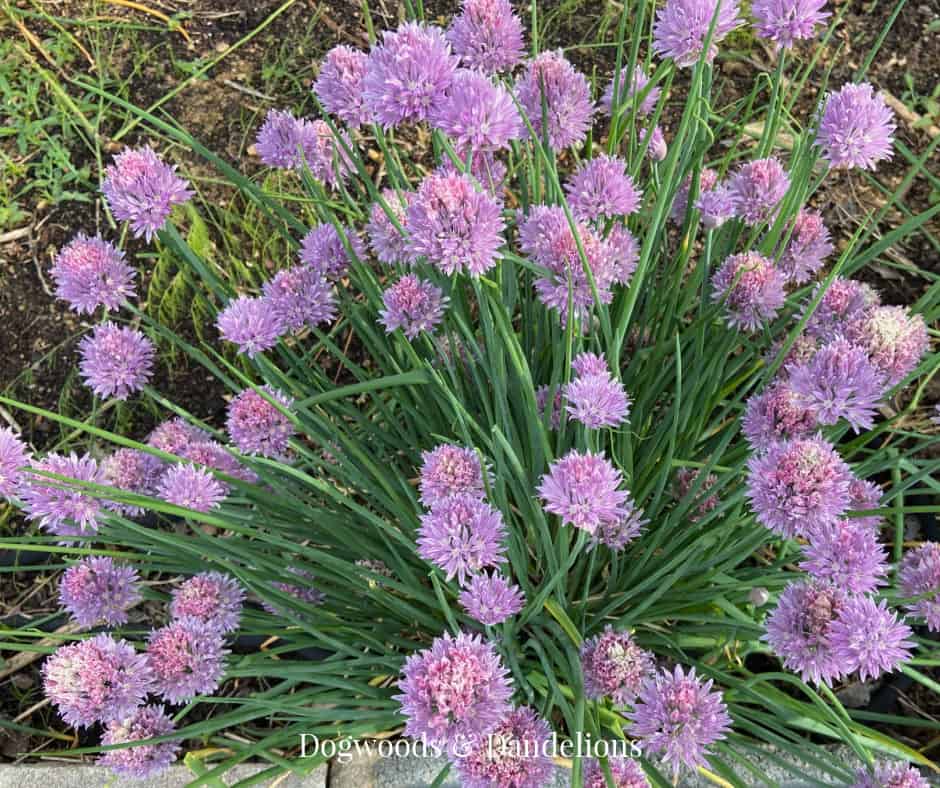
Chives are a perennial herb with a mild onion-like flavor. They are a popular herb to use on potatoes.
In late spring, the pinkish-purple flowers bloom and look beautiful in the garden or in a container. Both the leaves and the flowers are edible.
Parsley
Parsley is considered a biennial plant meaning it will grow for two years in mild climates. It prefers rich soil that is kept evenly moist.
Parsley is a perfect herb to grow in the spring in containers.
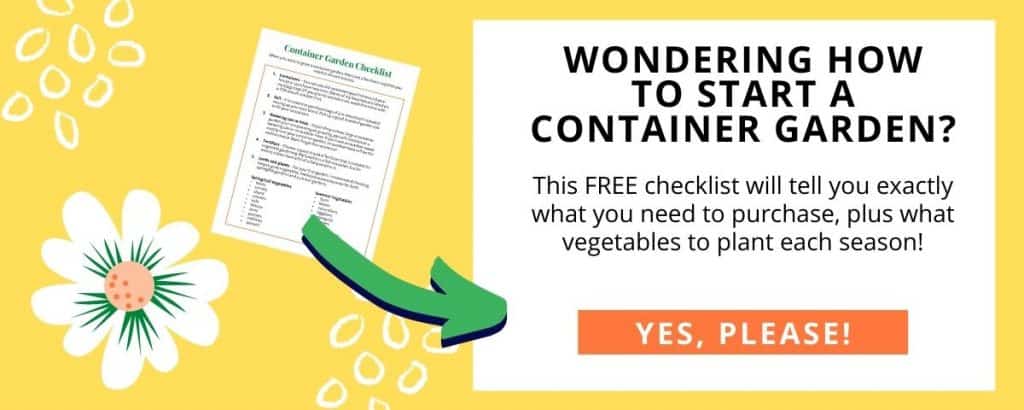
Vegetables to Start From Transplants
Some vegetables are more difficult to start outside during the cold weather. These need to be started from seed indoors long before your last frost.
If you are a beginning gardener, I highly recommend purchasing transplants from a local gardening center for these spring vegetables as some can be a bit difficult to get started properly.
If you decide to start them yourself from seed indoors, you definitely need a grow light to ensure your plants don’t get leggy. Read my post on the Best Grow Lights for more information.
Onions
Onions are best started from sets or small plants. Onion sets are small, dried onions that were started the year before.
They prefer light, loose soil which will allow their bulbs to swell to give you larger onions. You can plant onions about 6-8 weeks before your last spring frost.
Broccoli
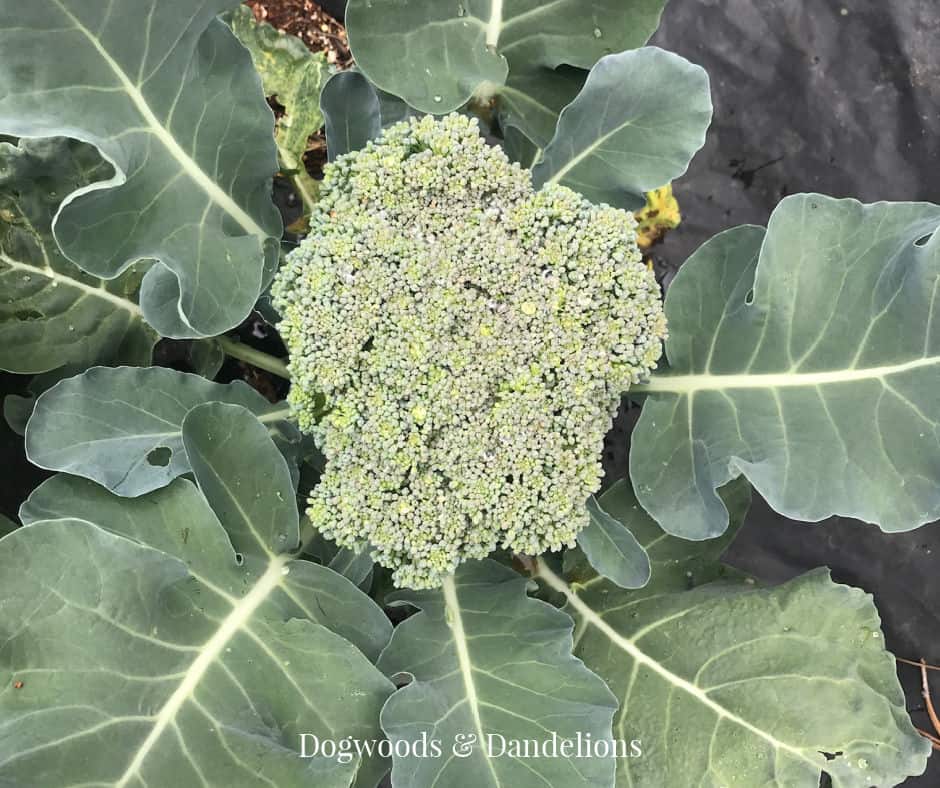
Broccoli needs fertile, well-drained soil to produce a good harvest. It won’t tolerate much hot weather. it is best to start broccoli indoors at least 7 to 9 weeks before your last expected spring frost.
If you have a short spring, it may be necessary to start broccoli as much as 12 weeks before your last frost. Broccoli can be transplanted to the garden 3-4 weeks before your last frost.
Learn how to grow broccoli in your backyard garden.
Cauliflower
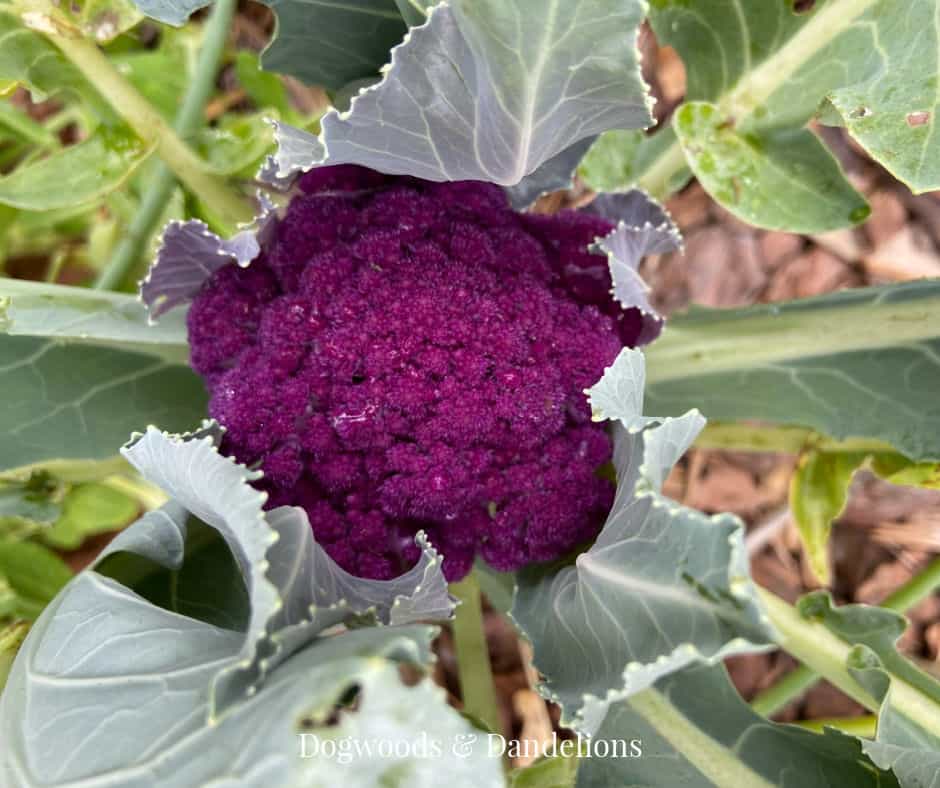
Cauliflower needs to be started indoors 4 – 7 weeks before your last frost. Like broccoli, it doesn’t tolerate heat well.
Cauliflower needs well-drained fertile soil with consistent moisture. Your seedlings should be planted outdoors when they are 4 – 5 weeks old.
Read more about growing cauliflower in your vegetable garden.
Growing a Spring Garden
As you can see, there are many vegetables that you can start growing in your vegetable garden long before your last spring frost. And many of these must be grown in cooler weather.
So what are you waiting for? Get gardening!
Related Posts
- Cool Season vs. Warm Season Vegetables
- Fast Growing Vegetables
- Best Vegetables for Beginning Gardeners to Grow
